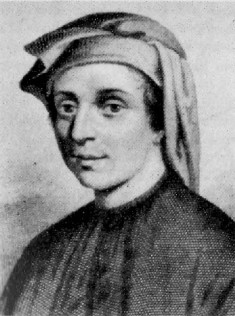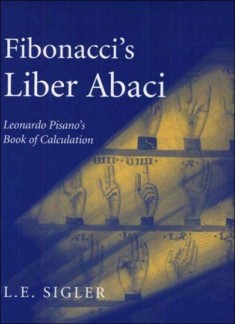| Fibonacci | |
|---|---|
 |
|
| Mathematician | |
| Born | c. 1170 |
| Died | c. 1250 (around age 80) |
| Nationality | Italian |
While Greek and Egyptian antiquity along with the Age of Enlightenment were known for producing legendary mathematicians, the Middle Ages was also able to produce some of note. Fibonacci is considered by historians to be among the greatest of all mathematicians during that time period. Thanks to his work and effort, the Hindu–Arabic numeral system was able to be spread throughout Europe.
Fibonacci’s Early Years
Fibonacci was born Leonardo Pisano Bigollo sometime in 1170 A.D. The exact date of his birth is not known. He was born into privilege as his father was a well- to- do merchant. His father did a great deal of work in North Africa and young Fibonacci would travel with him. The travels exposed the young man to the Hindu–Arabic numeral system that he later brought to Europe.
Not all of the records associated with the life of Fibonacci are clear and accurate. In fact, there is an alternative biography for the man which states that his father was nothing more than a low-level shipping clerk whose name was Bonaccio. Bonaccio, in Italian, means ‘simpleton.’ The nickname Fibonacci means ‘son of simpleton.’ Whether true or not, this nickname is the one Leonardo Pisano Bigollo has become known for throughout time. The nickname is bizarrely ironic since it refers to a lack of intelligence and bestows such a moniker on a brilliant man.
Contributions to Mathematics
Fibonacci did have a very strong love for math and he studied it religiously. He also realized that the Hindu–Arabic numeral system was easier to work with than the cumbersome Roman numeral system. To gain greater insight into the Hindu–Arabic numeral system, Fibonacci traveled throughout the Arabic regions to study from math scholars. The travels he undertook lasted about two years from 1200 to 1202 A.D.
The Liber Abaci
Among the major works he created was the Book of Abacus, or Book of Calculation, which is known as the Liber Abaci. This is among the most important of all texts on the subject of mathematics produced during the Middle Ages. was first published in 1202, which was right after Fibonacci completed his travels in the Arabic world. The work established what he called the Indian method (Arabic numerals) and focused on numbers ranging from 0 to 9 and place value. Also known as positional notation, place value refers to numerical representation and value encoding.
 The Liber AbaciFibonacci did not advocate this numbering system merely because he personally preferred it. He was an advocate because he truly knew the amazing simplicity of the system made it much more practical to employ. Since he was exposed to merchants, he knew that bookkeeping was critically important to their profession.
The Liber AbaciFibonacci did not advocate this numbering system merely because he personally preferred it. He was an advocate because he truly knew the amazing simplicity of the system made it much more practical to employ. Since he was exposed to merchants, he knew that bookkeeping was critically important to their profession.
To say the Roman numbering system made for extremely complicated and burdensome bookkeeping would be an incredible understatement. The arrival of the Liber Abaci finally offered a viable alternative that may have forever changed the way commerce was to be conducted.
The book also had an intellectual value to it. Mathematics was often rooted in philosophy and critical thinking. The publication of this book did have a tremendous effect on intellectual thought in Europe as it was many years ahead of its time.
Fibonacci’s Other Works
Fibonacci also published other works on mathematics including the problem solving book Flos; Practica Geometriae, a work dealing with areas and volume; Liber Quadratorum, which dealt with Diophantine equations; and two lost texts. The lost texts were a commercial arithmetic text Di Minor Guisa and the Commentary on Book X of Euclid’s Elements.
The Fibonacci Sequence
The Fibonacci sequence was an equation its namesake had crafted. The sequence centered on a series of numbers where the value of each number in the sequence was equivalent to the value of the two numbers that came before it. An example of this would be 0, 1, 2, 3, 5, 8, 13, 21 and so on. Strangely, Fibonacci developed the sequence after pondering the birth of rabbits over a series of generations.
Fibonacci’s Last Years
The details surrounding the passing of the Leonardo Fibonacci are lost to history. We do know the Republic of Pisa honored him with a salary in 1240 and this is where he lived. He passed away sometime between 1240 and 1250.